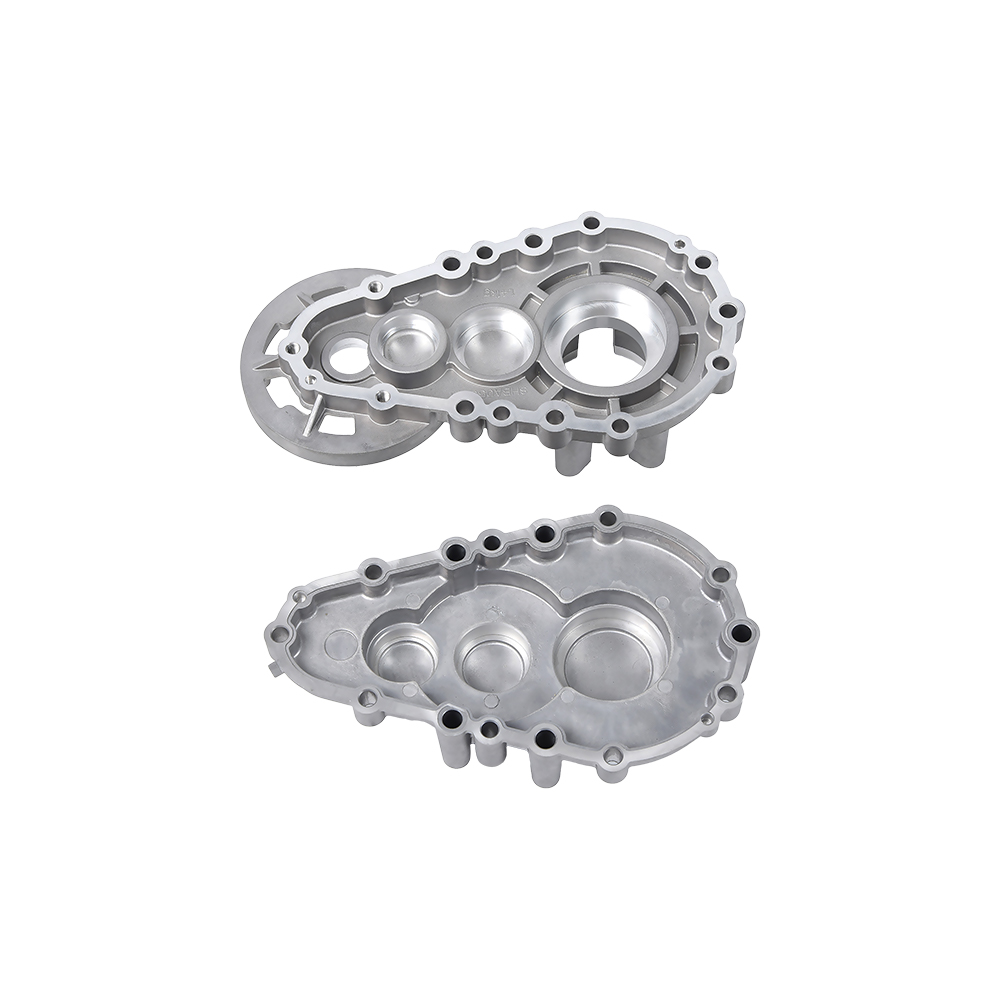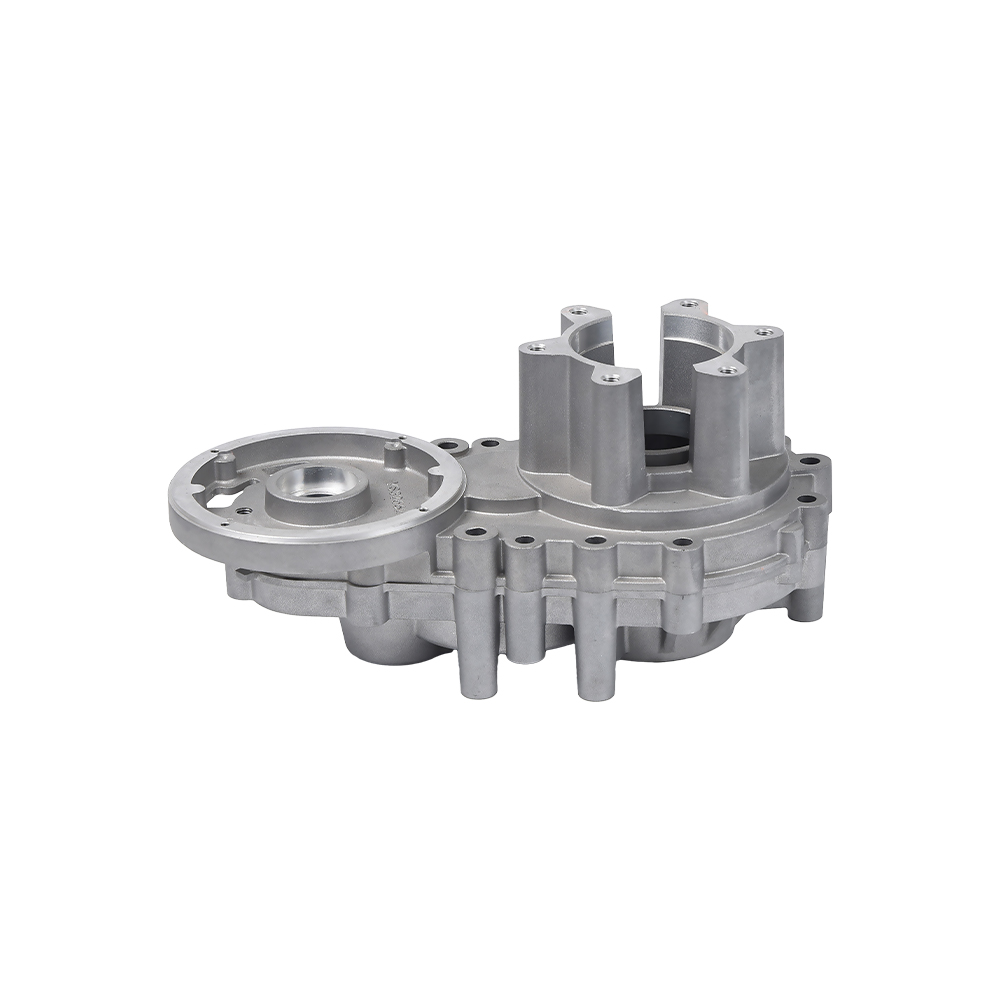Yes, low-pressure die casting technology can effectively reduce the formation of gas pores and other defects. This is mainly because during the low-pressure die casting process, molten metal is uniformly filled into the mold under controlled low-pressure conditions, helping to minimize gas residue and squeezing. Additionally, the precise control of the filling process can reduce turbulence that might occur during metal flow, further lowering the risk of porosity formation. Therefore, low-pressure die casting technology typically produces castings with higher density and better quality, suitable for applications requiring high precision and reliability.
Low-pressure die casting typically significantly reduces porosity. This is mainly because during the low-pressure die casting process, molten metal is introduced into the mold under controlled low-pressure conditions, ensuring a more uniform and stable mold filling process. Compared to other casting methods such as gravity casting or high-pressure casting, the filling process of low-pressure die casting is more meticulous, effectively reducing the formation of gas pores and other defects, thereby improving the density and quality of the final product.

 English
English русский
русский Español
Español










